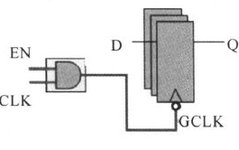Detailed User Guide for Vivado 2018.3 Development Tool by Xilinx (AMD) – Creating Projects, Simulation, Board Programming, and Logic Analyzer Usage
User Guide for Vivado 2018.3 Software Copyright Beijing Zhixin Open Source Technology Co., Ltd. Document Update Record Date Updater Version Remarks 2024.03.10 xxx V0.1 First Draft V0.2 Review V1.0 Final Draft Hello everyone, welcome to Zhixin Technology’s FPGA boot camp, ready to embark on our great journey! As the saying goes, “Before the troops move, … Read more









